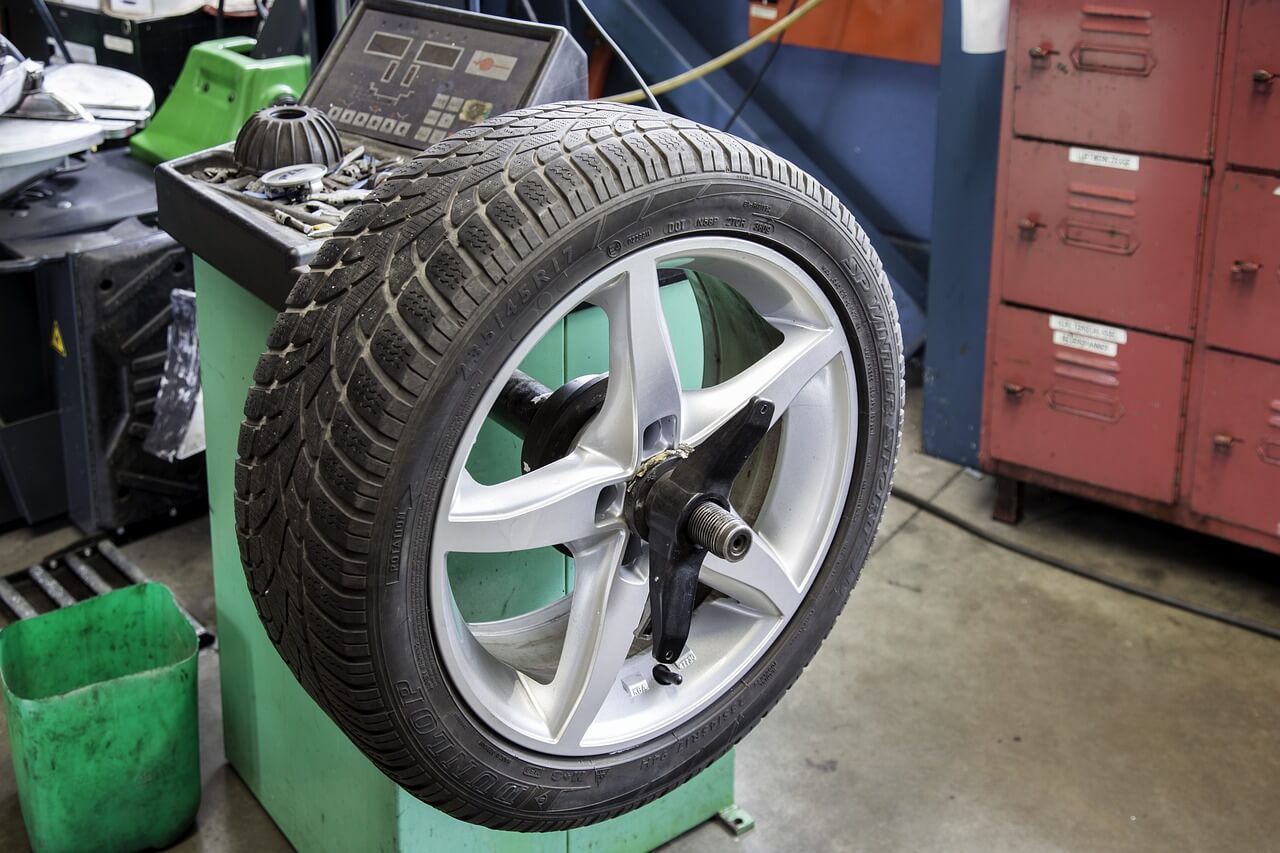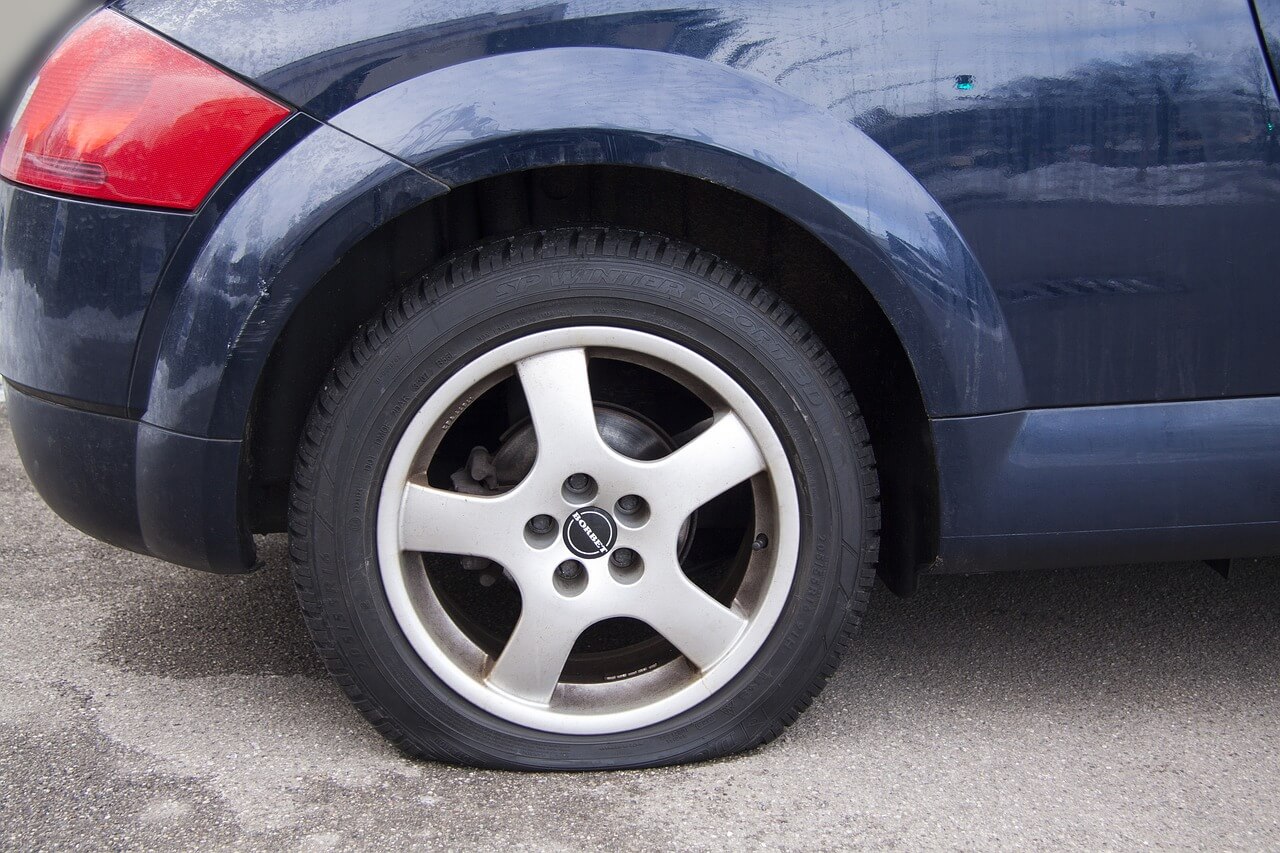Understanding your vehicle's tire size is crucial for ensuring safety and performance. While the vehicle identification number (VIN) provides a wealth of information about your car, it doesn’t directly list the tire size. However, you can find your tire size using other resources like the owner's manual and the driver's door jamb. This guide will explain how to find your car's tire size, decode tire terminology, and highlight why choosing the correct tire size is essential. We'll also share tips for tire maintenance to keep your vehicle running smoothly.
Can I Find the Tire Size by VIN?
Many car owners are probably wondering if they can use the vehicle identification number (VIN) to determine their tire size. Unfortunately, it cannot be searched directly with a VIN Check. The VIN gives comprehensive details in terms of the make of the vehicle, model, and trim level. Tire sizes cannot be derived from the VIN. The VIN could be a helpful starting point. Once the vehicle details have been obtained by using the VIN, the owner's manual or other sources can be referred to get the tire size recommended for a particular model of vehicle. Numerous online databases and automotive websites provide information related to tire sizes about the make and model of the car, which a person can access by using the VIN.
Where to Find Your Car’s Tire Size

Determining your car's tire size is very easy if you know where to look. Likely, places include the driver's door jamb, the owner's manual, and the tire itself. In the driver's door jamb, one usually finds a sticker with important information about the vehicle, including the tire size. The owner's manual details your vehicle's tire size and specifications. Additionally, most of the time, your existing tire sidewalls will have the tire size imprinted on them, indicating the tire's width, the ratio of the height to the width, and the diameter of the wheel.
Decoding Tire Size Terminology
Tire size terminology can be intimidating; here is a representation of what a typical tire size info looks like: P215/65R15 95H; those letters and numbers are all a coded summary of the actual dimensions of a tire and their terminology. The tire width (215) is in millimeters, and the aspect ratio (65) is the height of the tire's sidewall expressed as a percentage of the width. The 'R' stands for radial construction. The rim diameter (15) is in inches. The speed rating (95H) shows the maximum speed the tire can handle. Knowing these terms helps in selecting the right tire size for your vehicle. Some additional terms include:
| Component | Description |
| Load Index (95) | Indicates the maximum load the tire can carry when properly inflated. For example, '95' means the tire can carry 1,521 pounds. |
| Construction (B) | Indicates the tire's construction type. 'B' stands for bias ply construction, which is less common than radial construction. |
| Section Width | Refers to the width of the tire from sidewall to sidewall, measured in millimeters. |
| Overall Diameter | The total diameter of the tire, including the tread, is measured in inches. |
| Tread Width | The width of the tire's tread, is measured in millimeters. |
Factors In Choosing Correct Tire Size Selection
Choosing the correct tire size depends on several factors. Then, there is the model of the car, the trim, and the application. For instance, if the application involves better grip, you may need your sports car to have wider tires, or if it is an off-road jeep, you will require bigger tires because of the rough terrain. Another thing that affects tire size is the trim level since higher trims almost always have different requirements. Ensure the correct tire is used for your vehicle through reference to information provided either in the owner's manual or at the driver's door jamb from the manufacturer. Watch the load index and speed rating on a tire for which they are applicable in a size that would work for your driving necessities.
Why Is It Important to Choose the Correct Tire Size?

Selecting the right tire size is vital for your vehicle’s performance and safety. The recommended tire size ensures optimal handling, fuel efficiency, and tire pressure management. Incorrect tire sizes can lead to issues like uneven wear, poor handling, and potential safety hazards. For example, using a tire that's too wide can affect your vehicle's stability, while a tire that’s too narrow may not support the vehicle's weight properly. Always refer to the owner's manual and follow the recommended tire size to maintain your vehicle's safety and performance. Using the correct tire size helps preserve the vehicle's suspension system and improves overall driving comfort.
Tips for Tire Maintenance
Proper tire maintenance means having a more extended and safer life for your vehicle. Regularly monitoring your tire pressure will save you from problems like bubble tires or uneven wear. Rotating your tires between 6,000 to 8,000 miles is a good way to ensure even wear. Have you found any signs of damage from cuts, bulges, or others in your tire? Bring it today to have it inspected as soon as possible. Need help with tire maintenance? Look in your owner's manual for proper maintenance, or ask professionals at any local tire retailer for recommendations. Safety is the main reason behind maintaining tires properly. Periodically, have your wheels balanced and aligned to ensure they do not wear unevenly; this also helps to improve your fuel efficiency.
Further reading
Summary
The tire size of your vehicle matters and proper care should be taken for the tires, as they will provide connectivity between your vehicle and the road surface. However, the tire size may not be available through the VIN decoder directly but can be obtained indirectly from the owner's manual and driver's door jamb. By understanding tire terminologies and selecting a proper size of the tire by vehicle standards, performance will be better, and the journey will be safe. And then there's routine tire maintenance. If you need help, do not hesitate to seek professional help. Good tire management makes your car run well and safely.
Frequently Asked Questions
No, VIN numbers are not imprinted on tires. The VIN, being related to the vehicle, gives a broad range of detailed information about the vehicle, but the tire has its own identification marks.
Tires are uniquely identified by the Tire Identification Number (TIN), found on the tire's sidewall. This number indicates the tire's manufacturer, plant code, tire size, and the date of manufacture.
To find your wheel diameter, check the sidewall of your tire. It’s part of the tire size designation, usually following the letter 'R'. For example, in P215/65R15, '15' indicates the wheel diameter in inches. You can also refer to your owner’s manual for this information.







